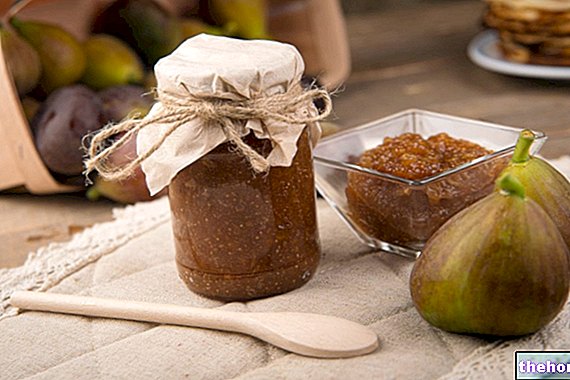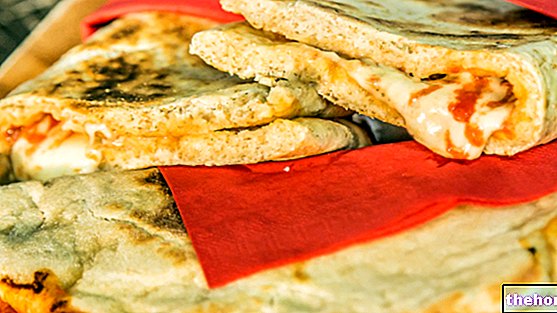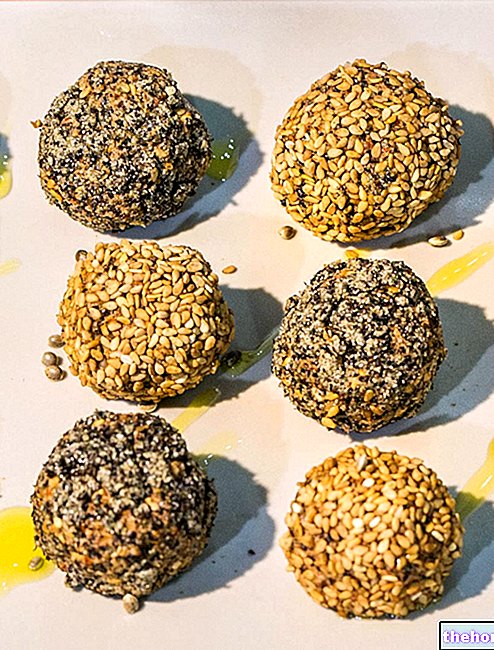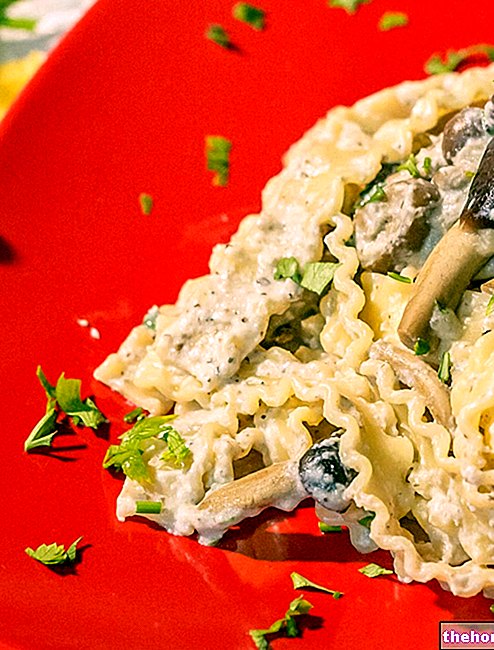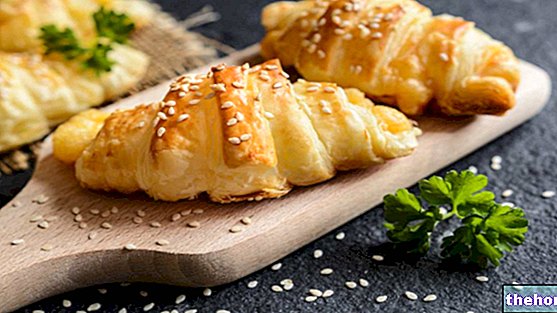The refined oriental cuisine won my heart! So I created a beautiful sushi menu, colorful and delicate, for tomorrow's dinner! Only the dessert is missing! So I thought about making a sweet fruit sushi! I took inspiration from the California Roll to turn it into dessert! Are you curious to find out the recipe? Don't miss the video!
Video of the Recipe
Problems with playing the video? Reload the video from youtube.
Identity Card of the Recipe
- 87 KCal Calories per serving
-
Ingrediants
Ingredients for 6 pieces
- 1 sheet of nori seaweed
- 40 g of avocado, papaya or mango
- 40 g of banana
- 5 g of bitter cocoa
- 1 sprig of red fruits
- 40 g of kiwi
- Ready product (cooked): 150 g of sushi rice
Materials Needed
- Hangiri (cypress wood bowl for rice)
- Dishcloth
- Folding fan
- Makisu (sushi mat)
- Chopping board
- Knife
- Transparent film
- Container with water acidulated with vinegar
Preparation
- First, prepare the Rice for Sushi following THIS RECIPE.
Let's review the cooking of the rice
Wash the sushi rice (with a round and small grain) with cold water and repeat the washing 5-6 times, until the water appears clear. For a good result, it is advisable to soak the rice in cold water , changing the water every 3 minutes: repeat the soak 6 times.
Let the washed rice drip into a colander for 15 minutes.
Pour the rice into a saucepan and cover flush with water, calculating that for every 100 g of rice you will need 120-130 ml of water. Season the rice with the engraved kombu seaweed. Cover with the lid and cook for 15 minutes. Turn off the heat and let it rest with the lid on for another 15 minutes.
Meanwhile, prepare the dressing. Generally, the rice dressing involves mixing 15 ml of rice vinegar, 7 g of sugar and 2.5 g of salt for every 100 g of rice in a saucepan; then everything is gently heated avoiding boiling. In this case, since it is fruit sushi, it is possible to reduce the amount of vinegar and increase that of sugar. The result is equally good.
Pour the rice into the Hangiri. Quickly cool the rice with a fan. Season the rice with the liquid, gently dividing the grains with the spoon: for a better distribution of the sauce, it is advisable to run the liquid on the back of the spoon and let it rain down.Continue to wave with the fan and cover with a damp cloth.- Prepare the fruit for the filling. Peel the mango and cut it into strips about 1 cm thick. Peel the kiwi and obtain sticks with a thickness equal to that of the mango. Repeat the operation with the banana.
- Line the bamboo mat with cling film.
- Arrange the nori seaweed on top of the film, taking care to arrange the shiny side down.
- Moisten your hands with water for easy handling of the rice.
- Cover the nori seaweed entirely with the cooked sushi rice.
- Firmly turn over the rice covered nori seaweed sheet: now the rice will be in direct contact with the film covering the bamboo mat.
- Arrange the fruit sticks neatly on top of the seaweed, trying to arrange them in a straight line. Add the currants as well.
- Roll up the stuffed seaweed with the help of the bamboo mat.
- During rolling, it is advisable to push the filling towards the center of the seaweed with your fingers. A compact roll must thus be obtained.
- Moisten the blade of a sharp knife with water, then cut the roll into 6 slices.
- Sprinkle the fruit sushi slices with unsweetened cocoa powder.
- Serve the fruit uramaki with agave syrup or maple syrup. For a more tempting version, dip the fruit sushi in the custard.
Alice's comment - PersonalCooker
Traditional sushi is usually dipped in soy sauce and, of course, soy sauce is not very good in this case! So I thought of serving my huramaki (or california roll) sweets with agave syrup! And they must also be delicious to dip in custard! Try the combination too.Nutritional values and Health Comment on the recipe
Fruit Sushi is a typical Japanese dish. It provides a very low amount of energy, mainly supplied by carbohydrates; fats are scarce but still superior to proteins. The breakdown of fatty acids is good. Cholesterol is absent, while fiber is contained in high quantities.
Fruit Sushi can be contextualized in any diet; it lends itself considerably to the diet of hypercholesterolemic and overweight subjects. The average portion of Fruit Sushi can be over 250 grams (> 215kcal).

